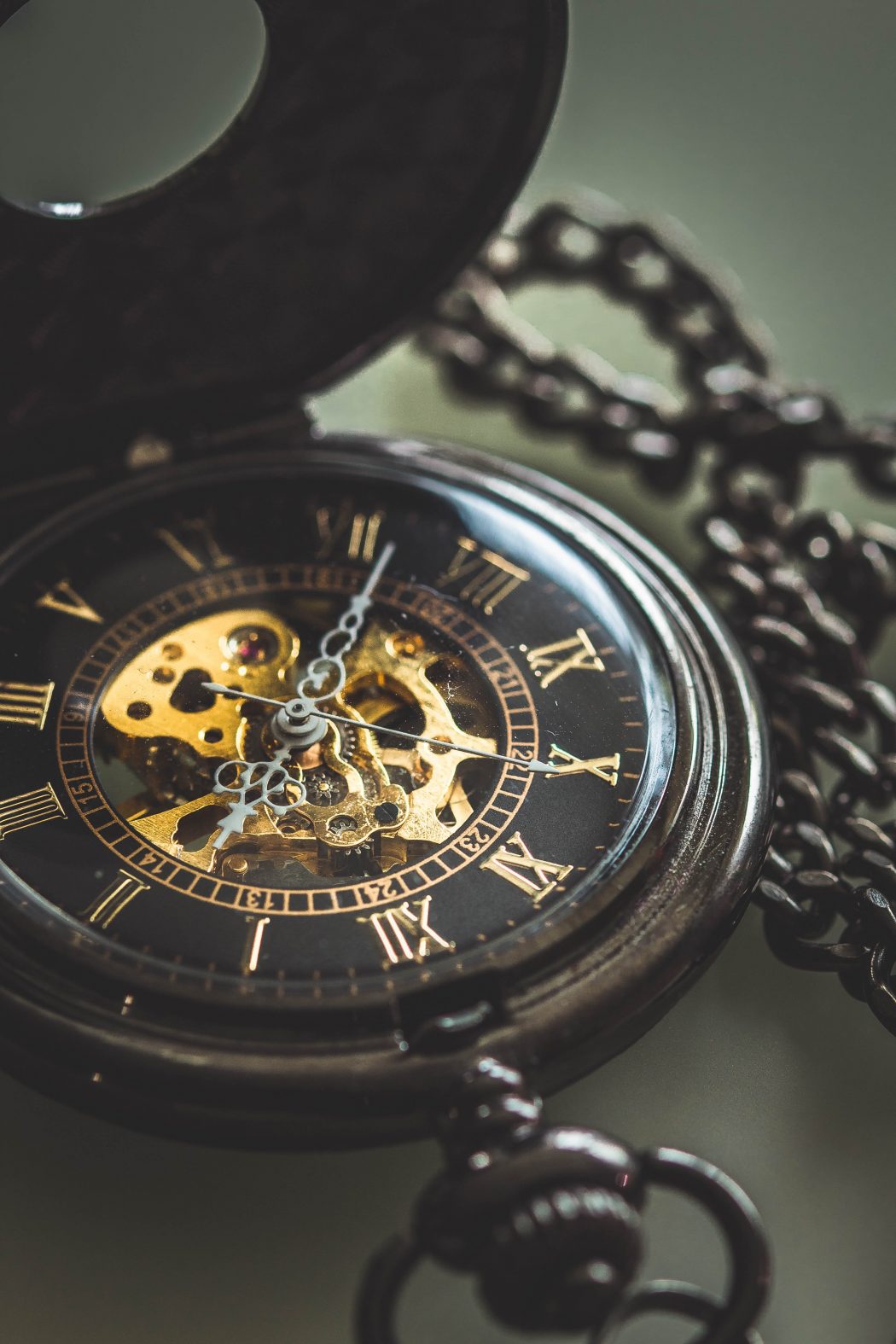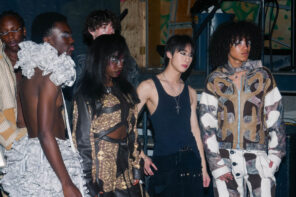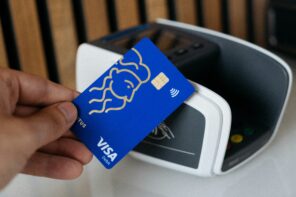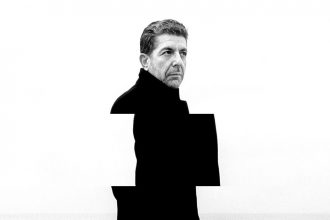Basketball’s all-time great Michael Jordan retired over twenty years ago. Yet, a pair of Jordan’s shoes sold for over a million dollars at an auction last month. Nike’s iconic Air Jordan brand continues to be a major player in the sneakers market, almost forty years after the first model was released to the public. The primary reason for this “shoe craze” is the remarkable brand power that Michael Jordan built over the years, with his legacy living on to this day. However, very few athletes have been able to establish long-lasting brand power. Sheer talent often isn’t enough to gain the crowd’s admiration.
Sheer talent often isn’t enough to gain the crowd’s admiration.
An athlete has brand power when they are not only talented at their sport but are also appealing in one way or another. Whether their appeal comes from their attractive persona, their exceptional looks, or their inspiring story, the athlete must have “something extra” that makes them stand out.
Roger Federer is a great example of a sportsperson whose unique persona gained him a large following as well as lucrative sponsorship deals. The tennis man’s composure when under pressure, elegant style of play, and exceptional talent have made him one of the sport’s biggest icons. In 2020, Forbes named Federer the highest-paid athlete of the year, with over $100M earned through endorsements from the likes of Rolex, Mercedes Benz, and Moet & Chandon. In 2018, Federer signed a $300M endorsement deal with Uniqlo, parting ways with long-time sponsor Nike. Despite Federer’s imminent retirement from tennis, Uniqlo understands the value of Federer’s brand and the fact that he will remain marketable for years to come.
Physical appeal can also play a role in shaping an athlete’s marketability. Former Manchester United player David Beckham, one of soccer’s biggest stars of the 2000s, earned over 300M £ from various endorsements including Belstaff and Gillette. Beckham’s talent, topped with his charismatic personality and appearance makes him one of the most valuable athletes in the world. Maria Sharapova is also an athlete who built a truly unique brand for herself. According to Forbes, the now-retired Russian tennis player was the highest-paid female athlete for eleven years in a row. She is considered to be one of the most marketable female athletes, having earned over $300M in sponsorships. In 2012, Sharapova leveraged her brand power to launch “Sugarpova”, a company that sells premium candy.
Fans love an inspiring story, and some of the world’s biggest sports talents have had to overcome immense adversity on their way to the top.
Fans love an inspiring story, and some of the world’s biggest sports talents have had to overcome immense adversity on their way to the top. Simone Biles – one of the greatest gymnast – had a difficult upbringing, growing up in poverty. Despite the challenges, Biles quickly became one of the most recognizable athletes in the world, after winning two World Championship golds at just sixteen years old. Biles’ success has led to lucrative endorsements by Nike, Visa and others.
Why do corporations sponsor athletes? Ultimately, the goal is to convert an athlete’s fan base into loyal customers. Think about it like this: customers see an athlete using a given product and decide to purchase that product for themselves in an attempt to feel and look like their idol. As such, companies often target athletes whose profile closely aligns with their mission. For instance, Pepsi – the world’s most popular soft drink – endorses Lionel Messi – the most popular star of the world’s most popular sport. Rolex – the upscale Swiss watch brand – sponsors Federer – the elegant Swiss tennis player. Companies also know that sponsorships of high-profile athletes can improve customers’ perception of their products’ quality. Customers might think to themselves: “Neymar would not fly Qatar Airways if the service was not exceptional”.
Ultimately, the goal is to convert an athlete’s fan base into loyal customers.
For most corporations, choosing which athletes to endorse is a pivotal decision. In the early 1980s, American shoemaker Nike was becoming more popular, with its sneakers creeping their way into urban and hip-hop fashion. However, it was only after the company endorsed a young Michael Jordan in 1984 that its sales soared. In just a year, the newly developed Air Jordan shoe line yielded over $100M in revenue. Nike sought out Jordan not only for his talent but also for his charisma and his large fanbase.
However, an athlete’s brand power is not always sustainable. While companies enjoy the brand awareness that comes with endorsements, they equally dislike bad publicity surrounding the athletes that they sponsor. O.J. Simpson was once America’s favorite sports star, appearing in countless advertising campaigns and movies. “The Juice”’s brand power was amplified by the fact that he was a pioneer for African-American presence in mass advertisement campaigns in the United States. Nonetheless, O.J.’s hard-earned brand power came crashing down amid the sportsman’s infamous murder trial.
For many of us who grew up watching our favorite athletes compete, we rarely ever take a step back and try to understand what makes us admire them in the first place. At the end of the day, brand power is all about a person’s ability to influence others simply by being themselves. While there are many gifted athletes, only a handful will be remembered forever.








